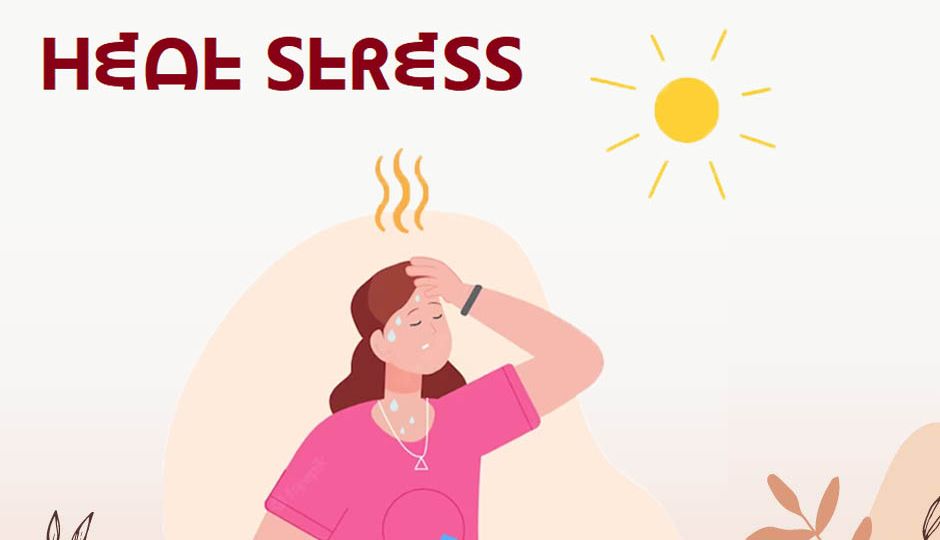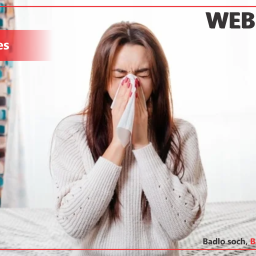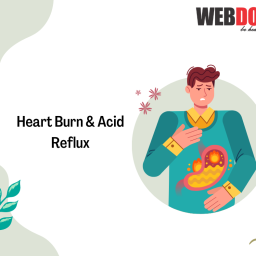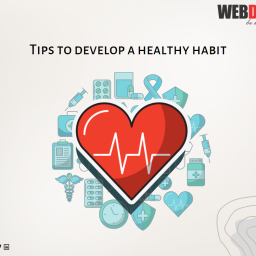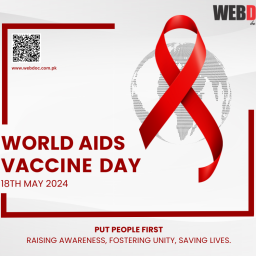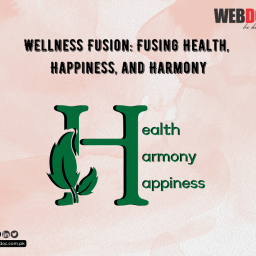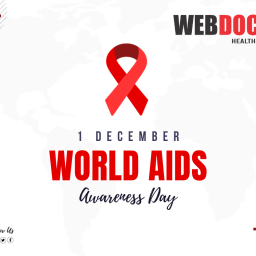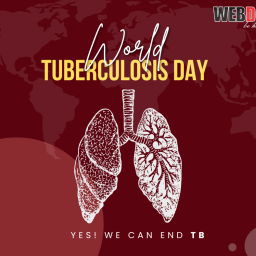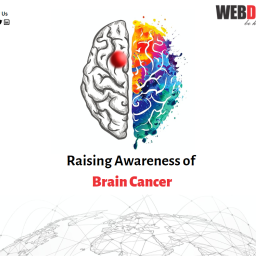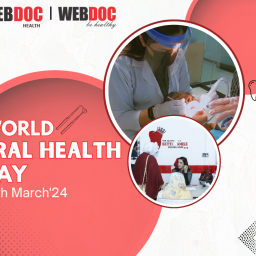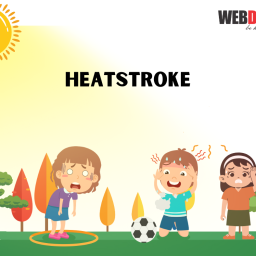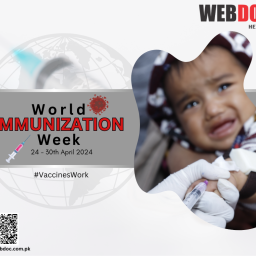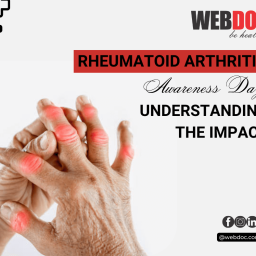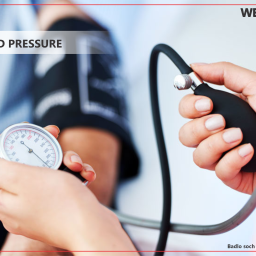Heat stress happens when the physique cannot do away with extra warmth. When this occurs, the physique’s core temperature rises and the center price will increase. As the physique continues to retail warmth, the individual begins to lose focus and has an issue specializing in an activity, could turn into irritable or sick, and infrequently loses the will to drink. The subsequent stage is most frequently fainting and even death if the individual shouldn’t be cooled down.
Contributing factors to warmth stress are excessive air temperatures, radiant warmth sources, etc.
How does the physique react to warmth?
The physique reacts to warmth by growing the blood to move to the pores and skin’s floor, and by sweating. This ends in cooling as sweat evaporates from the physique’s floor and warmth is carried to the floor of the physique from inside by the elevated blood move. Heat will also be misplaced by radiation and convection from the physique’s floor.
A typical instance of a warmth stress scenario
Someone sporting protecting clothes and performing heavy work in sizzling and humid situations could be prone to warmth stress as a result of:
- Sweat evaporation is restricted by the kind of clothes and the humidity of the atmosphere.
- Warmth will probably be produced inside the physique as a result of work price and, if inadequate warmth is misplaced, core physique temperature will rise.
- As core physique temperature rises the physique reacts by growing the quantity of sweat produced, which can result in dehydration.
- Coronary heart price additionally will increase which places extra pressure on the physique.
- If the physique is gaining extra warmth then it could lose the deep physique temperature will proceed to rise.
- Finally, it reaches a degree when the physique’s management mechanism itself begins to fail.
- The signs will worsen the longer somebody stays working in identical situations.
What are the consequences of warmth stress?
Heat stress can affect people in several methods, and a few persons are extra inclined to it than others.
Typical signs are:
- A lack of ability to pay attention
- Muscle cramps
- Warmth rash
- Extreme Thirst – a late symptom of warmth stress.
- Fainting
- Warmth Exhaustion – fatigue, giddiness, nausea, headache, moist pores, and skin.
- Warmth Stroke – sizzling dry pores and skin, confusion, convulsions, and eventual lack of consciousness.
This is essentially the most extreme dysfunction and may end up in death if not detected at an early stage.
Where does warmth stress happen?
Examples of workplaces the place folks may endure from warmth stress due to the new atmosphere created by the method, or restricted areas are:
- Glass and rubber manufacturing vegetation
- Mines
- Compressed air tunnels
- Typical and nuclear energy vegetation
- Foundries and smelting operations
- Brick-firing and ceramics vegetation
- Boiler rooms
- Bakeries and catering kitchens
- Laundries
In these industries working within the warmth will be the norm. For others it will likely be encountered extra irregularly relying on the kind of work being accomplished and adjustments within the working atmosphere, e.g. seasonal adjustments in exterior air temperature generally is a vital contributor to warmth stress.
What do I must do about warmth stress?
Over time folks adapt to sizzling situations by sweating extra, and by altering their behavior to attempt to quiet down, e.g. eradicating clothes, taking cool drinks, fanning themselves, sitting within the shade or a cool space, and/or lowering their work price. However, in lots of work conditions, such behavioral adjustments are probably not attainable, e.g. throughout asbestos removal.
Where there’s a risk of warmth stress occurring you’ll need to hold out a danger evaluation. Controlling the dangers within the office supplies recommendations on finding out how to perform a danger evaluation. For particular recommendations on finding out how to document the findings of your warmth stress danger evaluation and figuring out the warmth, stress dangers it is advisable to management use the warmth stress guidelines.
What do I want to have a look at in a danger evaluation?
When finishing up a danger evaluation, the main elements it is advisable to contemplate are:
- Work price – the tougher somebody works the larger the quantity of physique warmth generated
- Working local weather – this contains air temperature, humidity, air motion, and results of working close to a warmth supply
- Worker clothes and respiratory protecting tools – could impair the effectivity of sweating and different technique of temperature regulation; worker’s age, construct and medical elements – could have an effect on a person’s tolerance.
Firstly, it’s best to discuss with the employees concerned (and their security representatives), to see whether or not they’re struggling with early indicators of warmth stress. If it appears probably that there’s a downside, you may seek the advice of people who find themselves extra skilled in figuring out the danger from sizzling environments, e.g. occupational hygienists, nurses, or medical doctors.
How can I scale back the dangers?
Remove or scale back the sources of warmth the place attainable:
Control the temperature
Control the temperature utilizing engineering options e.g.:
- Change the processes
- Use followers or air-con
- Use bodily obstacles that scale back publicity to radiant warmth
Provide mechanical aids
- Provide mechanical aids the place attainable to cut back the work price.
- Permitting workers to enter solely when the temperature is beneath a set degree or at cooler instances of the day
- Issuing permits to work that specify how lengthy your workers ought to work in conditions the place there’s a danger
- Offering periodic relaxation breaks and relaxation services in cooler situations.
Prevent dehydration
Working in a sizzling atmosphere causes sweating which helps preserve folks’ cool however means dropping very important water that has to be changed. Provide cool water within the office and encourage employees to drink it incessantly in small quantities earlier than, throughout (this isn’t attainable in some conditions e.g. respiratory protecting tools use or asbestos removing) and after working.
Provide private protecting tools
Specialized private protecting clothes are out there which contains, for instance, private cooling techniques or breathable materials.
This could assist defend employees in sure sizzling environments. Protective clothes or respiratory protecting tools are usually offered to guard against a hazard at work e.g. asbestos. This kind of kit, whereas defending the worker from this hazard could expose the worker to warmth stress.
Training
Provide coaching in your employees, particularly new and younger workers telling them concerning the dangers of warmth stress related to their work, what signs to look out for, protected working practices, and emergency procedures.
Acclimatization
Allow employees to acclimatize to their atmosphere and determine which employees are acclimatized/assessed as a match to work in sizzling situations.
Identify who’s in danger
Identify workers who’re extra inclined to warmth stress both due to a sickness/situation or treatment which will encourage the early onset of warmth stress, e.g. those with coronary heart situations.
Advice could also be wanted from occupational well-being skilled or medical practitioners. Your danger evaluation ought to already tackle dangers to pregnant workers, however, you may select to evaluate it when a worker tells you she is pregnant, that will help you resolve if it is advisable to do any extra to regulate the dangers.
Monitor well being
Monitor the well-being of employees in danger. Where it’s thought of a residual danger stays after implementing as many management measures as practicable, you may want to watch the well-being of employees uncovered to the danger. You ought to then search recommendations from occupational well-being professionals with excellent working information on the dangers related to working in warmth stress conditions.


